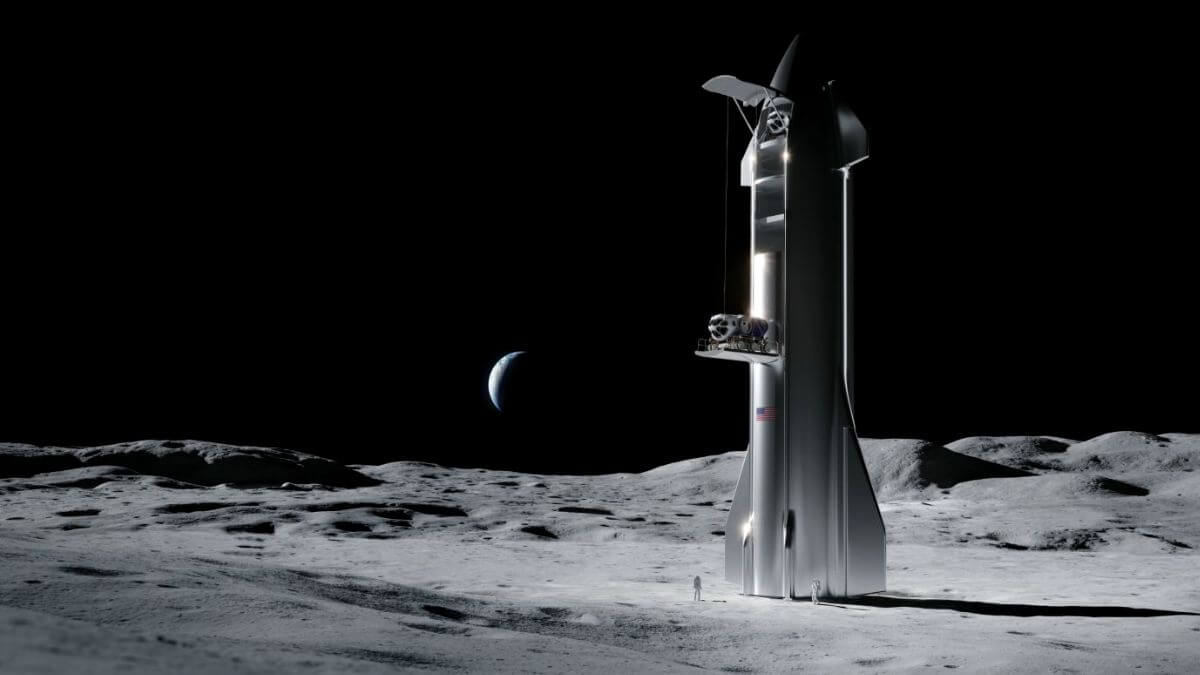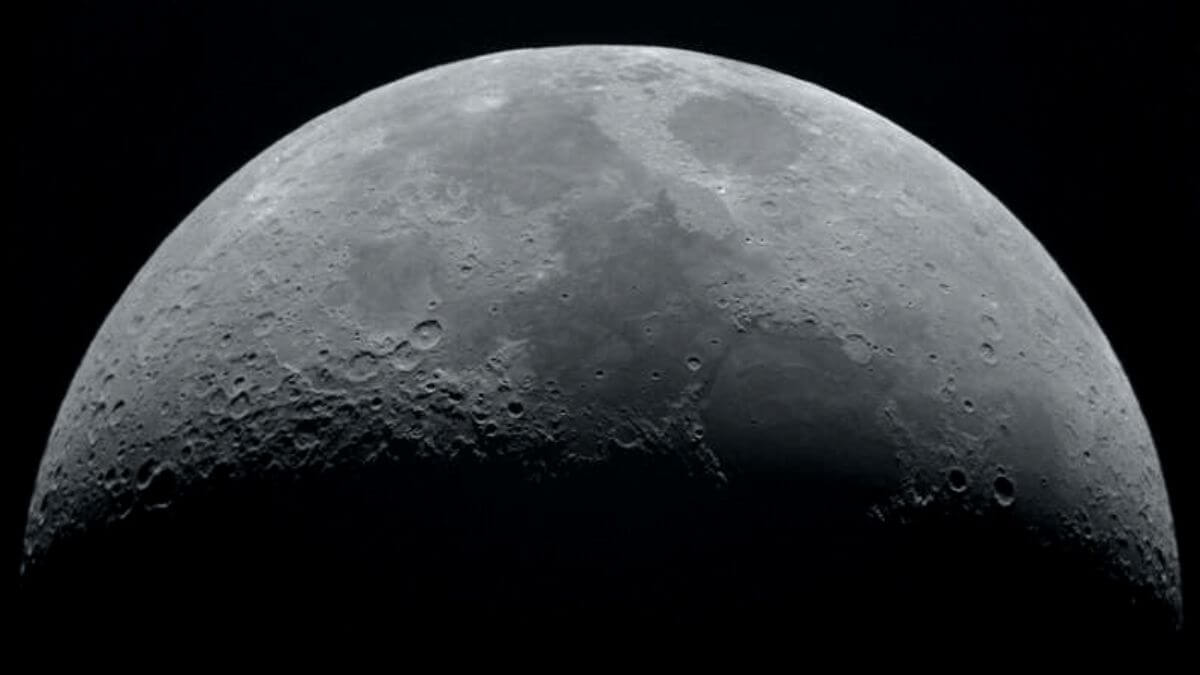News
Japanese Moon Lander Delay Due To Last-Minute Rocket Checks By Spacex

Although it had been planned, SpaceX decided against launching Japan’s Hakuto-R lunar lander. Sources claim that a launch on Wednesday morning would have carried Japan’s Hakuto-R lunar lander and its United Arab Emirates rover toward the Moon.
However, the vehicle is already at the launch facility waiting for commands. At 3:39 a.m. on Wednesday, the instantaneous launch window was set. The launch was immediately halted, though, by a directive from SpaceX.
Just four hours before launch, it tweeted about the delay and mentioned that iSpace’s HAKUTO-R Mission 1 required more pre-flight checks. The company representative has provided a provisional launch window that has set Thursday at 3:37 a.m. as the launch time. The Cape Canaveral Space Force Station in Florida will serve as the launch complex.
About This Space Mission
Only the US, Russia, and China have succeeded in landing a robot on the Moon’s surface thus far. The Hakuto-R program’s inaugural mission was carried out by iSpace. And if this launch is successful, SpaceX will be known for yet another historic occasion because it was the first private company to attempt it.

Source: Newscientist
The corporate spokesperson has given a projection for when the lander will touch down. According to a statement from the corporation, it will set out on a nearly four-month journey to the Moon and arrive there in the Atlas crater on the Moon’s visible side around April 2023.
The lander will release Rashid after it successfully touches the lunar surface. The United Arab Emirates produced a miniature rover called Rashid. The nation with a lot of oil is a newbie to the space industry. Nevertheless, it has achieved several significant feats recently, such as last year’s successful launch of a probe into Mars’ orbit. Rashid will be the first Moon mission for the Arab world if the mission is successful, giving the UAE “additional firsts.” Rashid is a 22-pound four-wheeled rover meant to travel around the Moon for one lunar day.
It was launched to gather information about the lunar surface by being outfitted with a high-resolution camera, thermal imaging equipment, and microscopic imaging tools and it may examine the ionized atmosphere of the surface of the Moon with the aid of a probe that is connected to it.
It is a hotly contested issue among astronomers and doctors why the Moon has this electrical charge. The solar wind, a continuous flow of charged particles from the sun, is credited with producing it, according to this belief.
iSpace Marks To Expand Its Space Missions
The Hakuto-R program’s first mission is the one carried out by iSpace. Hakuto was reportedly one of the five global Google Lunar XPrize contest winners. Developing a lunar landing system for a rover before the deadline of 2018 was the goal of this project. Hakuto was one of the five finalists, but the challenge concluded without a champion.
Hakuto-R, the lander, is expected to touch down sometime around April 20202. Even though there is a lot of interest in researching the Moon’s dark side, spacecraft is now focused on its visible side. According to a statement from the company, it will investigate the region of the lunar surface near the Atlas crater.
Originally planned to touch down on the Moon in 2021, Ispace’s Hakuto-R lander was developed. Since its launch has been repeatedly postponed because of technical difficulties, it is running behind schedule. The business has some incredibly bright and ambitious plans for the lunar surface. By employing water ice mined from the Moon’s surface, it intends to make one of the most prominent initiatives possible: developing colonies on the Moon. Ispace, a recently established company that serves as SpaceX’s space arm, only has 200 employees. The goal of iSpace when it was created was to expand the realm of human life into space. It wants to provide frequent, inexpensive transportation to the Moon to build a sustainable world.
